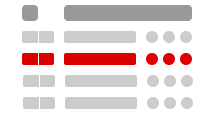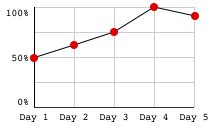Or equivalently,
Where all of are functions of .
A Linear Second Order Differential Equation is called homogeneous if . So,
And a general constant coefficient linear homogeneous, second order differential equation looks like this:
Let's suppose that both f(x) and g(x) are solutions to the above differential equations, then so is
Where and are constants
Characteristic Equation
The general solution to the differential equation:
Will be of the form:
Taking the derivatives:
And inputting them into the above equation:
So we will have:
The equation is called the Characteristic Equation. And is used to solve these sorts of questions.
Solving the quadratic we will get some values for :
Real Roots:
Complex Roots:
Repeated Real Roots:
Though let's deal with only real roots for now
As we will get two solutions to the characteristic equation:
So all solutions will be of the form:






